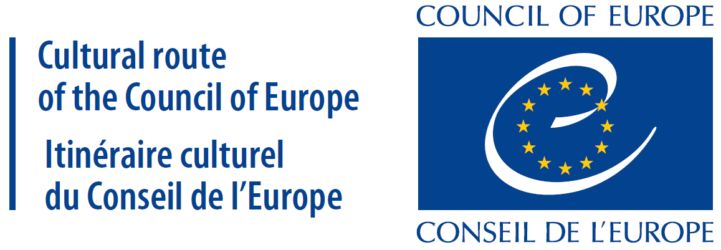This stage crosses the mountain regions of South Bohemia before making its way through the hills of the Mühlviertel in Upper Austria and Wald- and Weinviertel in Lower Austria. There are some amazing experiences to be had along the way, including riding the 50-km long stretch along the Schwarzenberg canal; through the deep forests of the Nové Hrady mountains; and the wine growing regions of South Moravia and Weinviertel. Along the way, there are reminders of the Cold War period, such as the open air museum in Guglwald in Austria.
License & Disclaimer
These EuroVelo GPX tracks are made available under the Open Database License. While ECF and National EuroVelo Coordination Centers and Coordinators (NECCs) make every effort to ensure the tracks and their levels of development are both current and accurate, errors or outdated information can occur. The user is fully responsible for his or her own safety when making use of the tracks and for following national traffic rules and signing. Please download and read the complete disclaimer before using the tracks.
